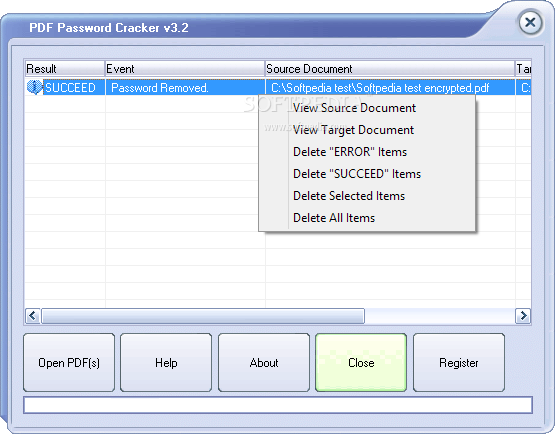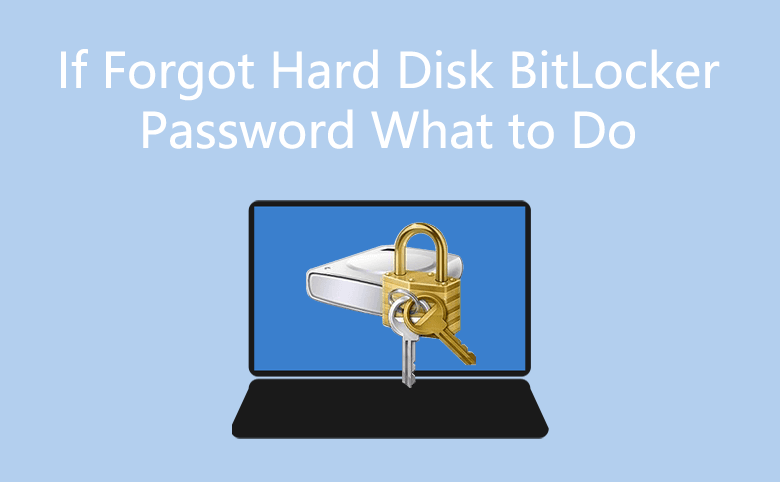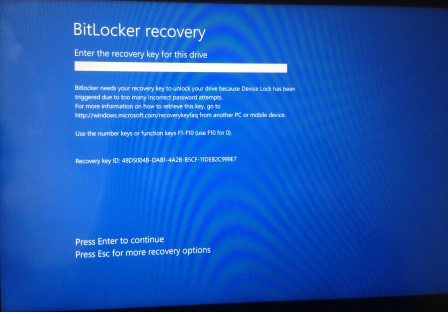

BitLocker uses input from a USB memory device that contains the external key. A PIN is four to twenty digits or if you allow enhanced PINs, four to twenty letters, symbols, spaces, or numbers. BitLocker uses a combination of the TPM and a user-supplied Personal Identification Number (PIN). In general, TPM-based protectors can only be associated to an operating system volume. If you specify this protector, users can access the encrypted drive as long as it is connected to the system board that hosts the TPM and the system boot integrity is intact. BitLocker uses the computer’s TPM to protect the encryption key. The list of protectors will be displayed as follows:ĭetailed information on each protector type, in accordance with Microsoft documentation, is provided below: (where C: is the name of the mounted BitLocker-encrypted volume) To list the protectors of a given BitLocker volume, type the following command in command-line prompt (cmd): manage-bde -protectors -get C:

Active Directory Domain Services (AD DS) account.Recovery key (numerical password on a USB drive).Protectors that can be used to encrypt a BitLocker volume include:

This article explains BitLocker protectors and talks about the best ways to get the data decrypted, even for computers that are turned off.


 0 kommentar(er)
0 kommentar(er)
